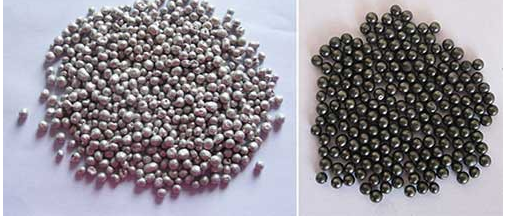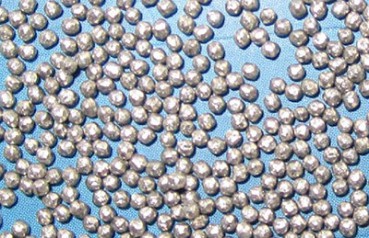The Importance of steel shot
Steel shot is a commonly used wear-resistant material in many large machines nowadays, but do you know why? The importance of choosing it is as follows.

The hardness of the steel shot is moderate, the composition is pure, and the coverage is large. Due to the absence of common defects such as pores and irregular shapes, the service life is longer. After stainless treatment, the surface of the casting is smooth and rust free, without the need for post-treatment such as acid washing, which is beneficial for environmental protection.
There are many classifications of steel balls based on different manufacturing processes and raw materials.
The hardness of steel shot is generally HRC 40~50, widely used for processing hard metals, and can be increased to HRC 57~62. They have good toughness and a service life several times longer than cast iron pellets, making them widely used.
Cast iron has a hardness of HRC 58~65, is fragile, easy to break, has a short service life, and is not widely used. Mainly used in areas with high shot peening intensity.
Its hardness is lower than the first two types of pellets, and it is mainly used in situations where iron contamination is not allowed, such as stainless steel, titanium, aluminum, magnesium, etc. It can also be used for secondary treatment of steel after shot peening to remove iron contamination and reduce surface roughness of parts.
Steel shot is very useful in many cases nowadays, but how to use it specifically is our choice.
Editor: Suger
steel shot Relevant information
steel shot Related Products
- E-mail zs@sdsmachinery.com
- whatsapp +8615653328535
- Wechat +8615965331535
-
Shandong Metal Abrasive Co., Ltd produces China steel shot and alloy steel shot at a low price, with a complete range of models and a professional team




